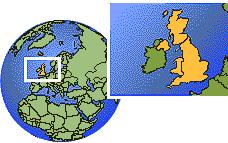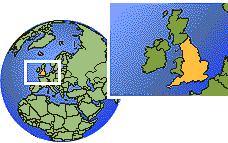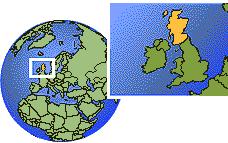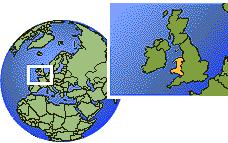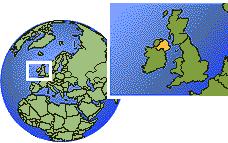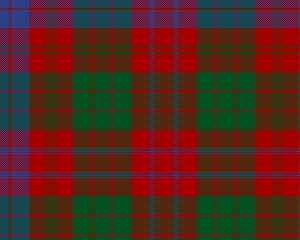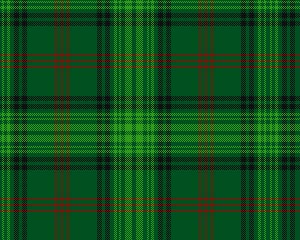London
Vacation
|
Monday, August 16
Edinburgh, Scotland
Start
| Day 1| Day 2 |
Day 3
Day 4 | Day 5
| Day 6 | Day 7

On Monday, we traveled from London to Edinburgh on a one-day rail excursion. We boarded the high-speed train at Kings Cross Station in London and watched the countryside and coastline of Britain speed past our window. We arrived in Edinburgh at approximately 11:30 a.m.
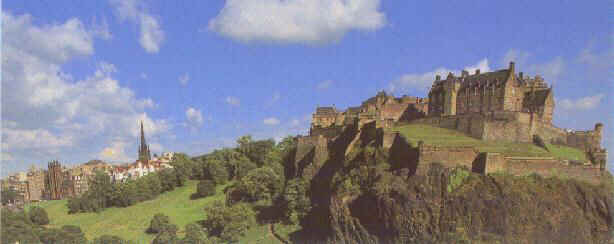
Edinburgh
Scotland's Capital City.
|
|
United Kingdom - The island
of Great Britain, (comprising England, Scotland, and Wales) and
the province of Northern Ireland (occupying part of the island
of Ireland) form the country officially known as "The United Kingdom
of Great Britain and Northern Ireland" or simply the United Kingdom
(in yellow on left map). |
|
|
Great Britain - The term "Great Britain" is used for the island containing the contiguous principalities of England, Scotland, and Wales.
England - The term "England" is sometimes erroneously used by both natives of England and foreigners to refer to the United Kingdom. Natives of the other constituent nations of the U.K. find such usage offensive, so it is best avoided!
Scotland - Scotland is one of four constituent nations that form the United Kingdom (the other three are England, Wales, and Northern Ireland). Scotland forms the northern part of the island of Great Britain.
Wales - Wales, part of the United Kingdom of Great Britain and Northern Ireland, forming administratively a part of England and occupying a broad peninsula on the western side of the island of Great Britain. Wales also includes the island of Anglesey, which is separated from the mainland by the narrow Menai Strait. |
|
|
Northern Ireland - Northern Ireland,
is a part of the United Kingdom of Great Britain and Northern
Ireland, situated in the northeastern portion of the island of
Ireland. Northern Ireland is also known as Ulster. |
 |
The official language is English, although Gaelic is spoken, primarily in the North and West of Scotland The Gaelic Language is spoken by around 86,000 individuals primarily in the North of Scotland and in the Western Isles (eg. Skye, Lewis, Harris). The vast majority of gaelic speakers are bilingual Gaelic / English. Today there are very few people who do not speak English. |
Edinburgh Castle

Edinburgh Castle

View of Edinburgh from Castle
The Royal Castle of Edinburgh is a most powerful symbol of Scotland. For centuries, this mighty fortress has dominated its surroundings with a majesty that has deeply impressed many generations.
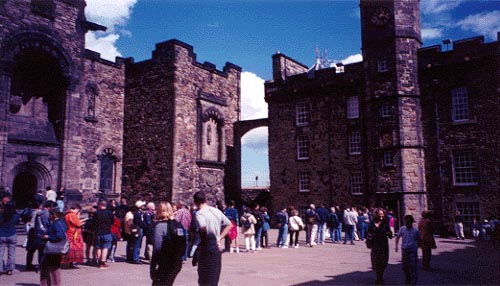
Edinburgh Castle

Edinburgh
The Royal Mile
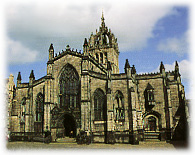
St. Giles' Cathedral
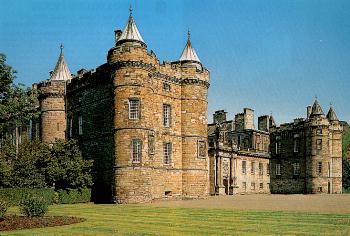
Palace of Holyroodhouse
We then descended Castle Hill along the cobbled
Royal Mile, seeing St. Giles' Cathedral with its crown-shaped spire
and continued past the Queen's Palace of Holyroodhouse.
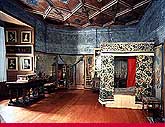 |
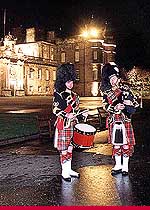 |
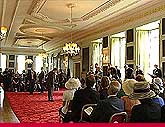 |
|
Queen's Bedchamber Mary, Queen of Scots' Bedchamber. |
The Palace of Holyrood Floodlit for the first time during the European Heads of Government Meeting in December 1992. |
The Great Gallery An investiture. |
Lurking at the bottom of the Royal Mile, the Palace of Holyroodhouse serves as a reminder of Scotland's volatile history. Famous incidents include the murder of the secretary of Mary Queen of Scots. The Palace of Holyroodhouse, founded as a monastery in 1128, is The Queen's official residence in Scotland. Today, the Palace is the setting for a wide range of Royal events, including an annual Garden Party and the Investiture, held in the Great Gallery.
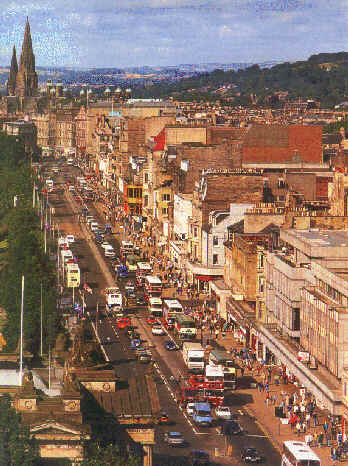
Princes Street
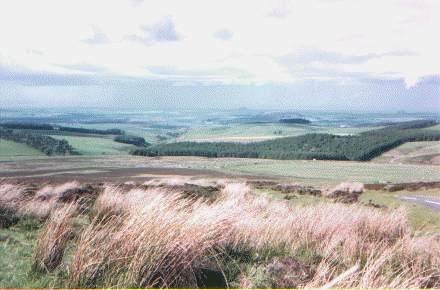
Scotland Countryside
|
History |
Gaelic Name: Ros The name Ross derives from the ancient Celtic word "Ros," meaning "a promontory," in this case the lands of Easter Ross. The clan is known to Highlanders as Clann Aindreas - the sons of Andrew. |
|
Ross Clan |
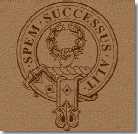 |
|
Ross Clan |
|
|
Ross Clan |
|
[ Top of Page ]
[ Back ] [ Next
]
[ Return to Photo Albums ]
[ Return to Nancy Ford's Home Page ]
